I was surprised of the news of June 30, “The 42 th World Heritage Committee of the United Nations Educational, Scientific and Cultural Organization (UNESCO) to the World Cultural Heritage of ‘Hidden Christian Sites in the Nagasaki Region’ (Nagasaki, Kumamoto Prefecture) , the rare religious culture that continued faith in the Christianity repression of the Edo period was appreciated”. Because it was right after I wrote the blog “Movie ‘Silence’” on the 29th of the previous day!
Latency Christian related heritage is an asset group that shows the cultural tradition of hidden Christianity who secretly continued faith while harmoniously coexisting with existing religion and society under the Christianity prohibition of about 250 years in the 17th – 19th century. It consists of 12 assets such as Nagasaki prefecture mainland, Goto islands, Amakusa archipelago that keeps the scenery at the time, and “Ohoura Cathedral” (Nagasaki City) where latent Christian confessed faith to French Father after opening the country.
Today it is about Japanese world heritage, receiving this news!
The Japanese world heritage as of July 2, 2018 is below.
Cultural Heritage
– Buddhist Monuments in the Hōryū-ji Area (Nara)
– Himeji-jō (Hyōgo
– Historic Monuments of Ancient Kyoto (Kyoto/Shiga)
– Historic Villages of Shirakawa-gō and Gokayama (Gifu/Toyama)
– Hiroshima Peace Memorial (Genbaku Dome) (Hiroshima)
– Itsukushima Shrine (Hiroshima)
– Historic Monuments of Ancient Nara (Nara)
– Shrines and Temples of Nikkō (Tochigi)
– Gusuku Sites and Related Properties of the Kingdom of Ryukyu Naha Shuri (Okinawa)
– Sacred Sites and Pilgrimage Routes in the Kii Mountain Range Danjogaran (Wakayama/Nara/Mie)
– Iwami Ginzan Silver Mine and its Cultural Landscape (Shimane)
– Hiraizumi – Temples, Gardens and Archaeological Sites Representing the Buddhist Pure Land (Iwate Prefecture)
– Fujisan, sacred place and source of artistic inspiration (Shizuoka/Yamanashi)
– Tomioka Silk Mill and Related Sites (Gunma)
– Sites of Japan’s Meiji Industrial Revolution: Iron and Steel, Shipbuilding and Coal Mining (Kyūshū, and Yamaguchi, Shizuoka and Iwate)
– The Architectural Work of Le Corbusier, an Outstanding Contribution to the Modern Movement (Tokyo)
– Sacred Island of Okinoshima and Associated Sites in the Munakata Region (Fukuoka)
– Hidden Christian Sites in the Nagasaki Region (Nagasaki Prefecture and Kumamoto)
Natural Heritage Site
– Yakushima (Kagoshima)
– Shirakami-Sanchi (Aomori, Akita)
– Shiretoko (Hokkaido)
– Ogasawara islands (Tokyo)
I have visited a lot of cultural heritage, but I do not have any natural heritage. I would like to go anywhere, and I would like to find opportunities to visit.
And the World Heritage is part of the activities of UNESCO (United Nations Educational, Scientific and Cultural Organization). By the way, UNESCO is a specialized institution aimed at the development and promotion of education, science and culture, placed under the United Nations Economic and Social Council of 195 Member States (as of April 2014). In addition to World Heritage Sites, they also hold activities on intangible cultural heritage and international xx Day.
I’ve been interested in world heritage for a long time and have read books, I introduce the fact that I remembered empathy is the preamble of the UNESCO Charter.
The Constitution of UNESCOThe Governments of the States Parties to this Constitution on behalf of their peoples declare:
That since wars begin in the minds of men, it is in the minds of men that the defences of peace must be constructed;
That ignorance of each other’s ways and lives has been a common cause, throughout the history of mankind, of that suspicion and mistrust between the peoples of the world through which their differences have all too often broken into war;
That the great and terrible war which has now ended was a war made possible by the denial of the democratic principles of the dignity, equality and mutual respect of men, and by the propagation, in their place, through ignorance and prejudice, of the doctrine of the inequality of men and races;
That the wide diffusion of culture, and the education of humanity for justice and liberty and peace are indispensable to the dignity of man and constitute a sacred duty which all the nations must fulfil in a spirit of mutual assistance and concern;
That a peace based exclusively upon the political and economic arrangements of governments would not be a peace which could secure the unanimous, lasting and sincere support of the peoples of the world, and that the peace must therefore be founded, if it is not to fail, upon the intellectual and moral solidarity of mankind.
For these reasons, the States Parties to this Constitution, believing in full and equal opportunities for education for all, in the unrestricted pursuit of objective truth, and in the free exchange of ideas and knowledge, are agreed and determined to develop and to increase the means of communication between their peoples and to employ these means for the purposes of mutual understanding and a truer and more perfect knowledge of each other’s lives;
In consequence whereof they do hereby create the United Nations Educational, Scientific and Cultural Organization for the purpose of advancing, through the educational and scientific and cultural relations of the peoples of the world, the objectives of international peace and of the common welfare of mankind for which the United Nations Organization was established and which its Charter proclaims.
As a culture lover, I think the concept of preserving the cultural heritage of the world (cultural properties, landscapes, nature, etc.) as a “remarkable universal value” that humankind should share is very nice.
Speaking of the world heritage sites, I remembered the world which the guide introduced in the blog when I visited the Atami Villa (official name is Kyu Hyuga Bettei) said, “The building will be registered as a World Heritage someday, there is also a possibility of a German architect’s building because the building of Le Corbusier became a World Heritage site. It would be so great if the basement will be registered, it’s the world first!”. Of course I hope so too!
Official Tourism Website for Nagasaki City “Nagasaki is the foundation of Japan’s modernisation”


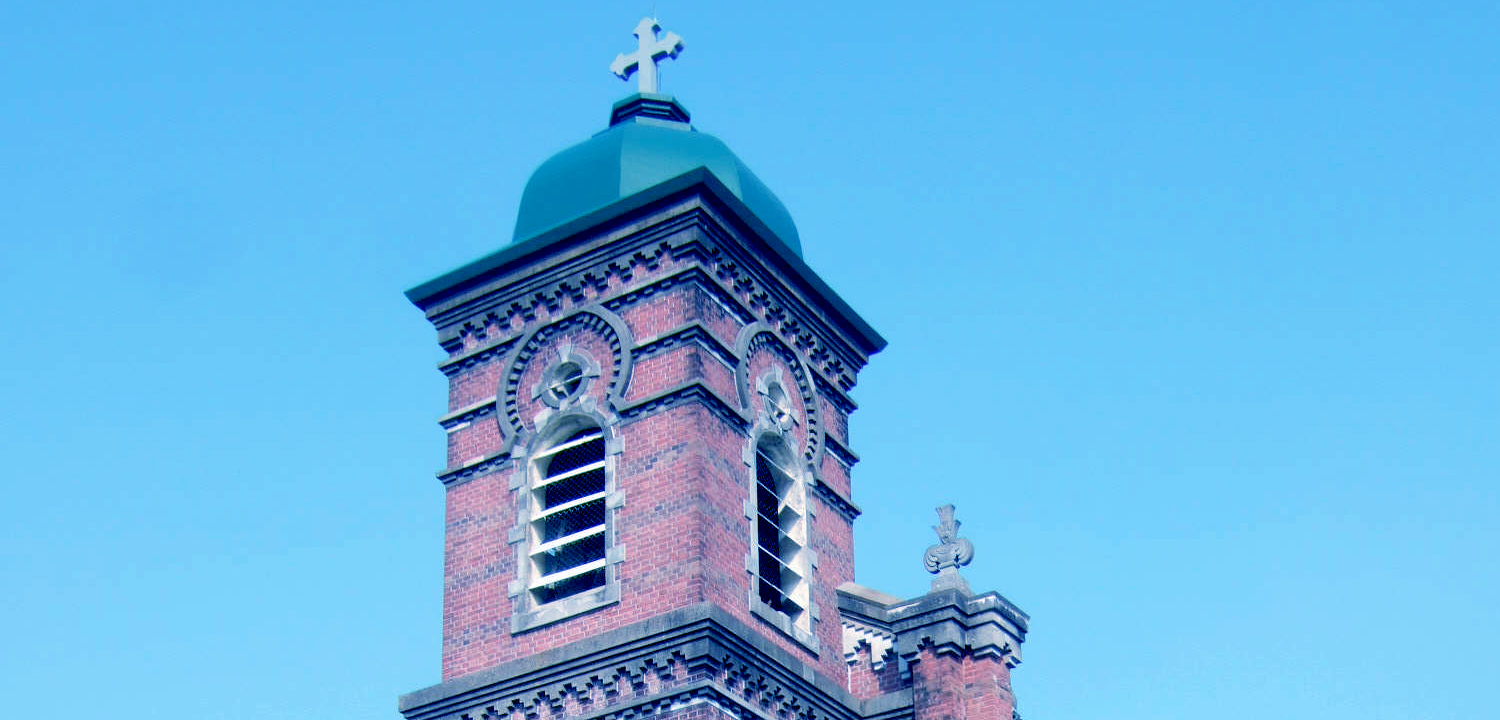

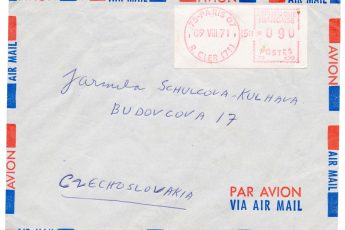
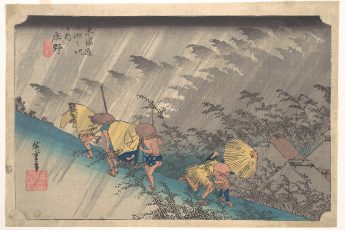



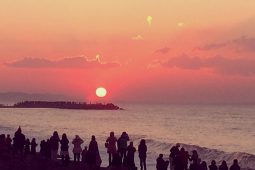
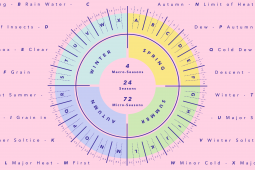
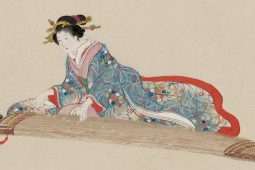

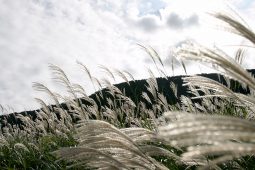


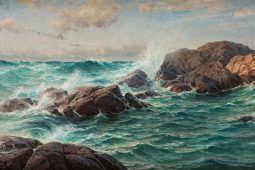
Leave a Comment